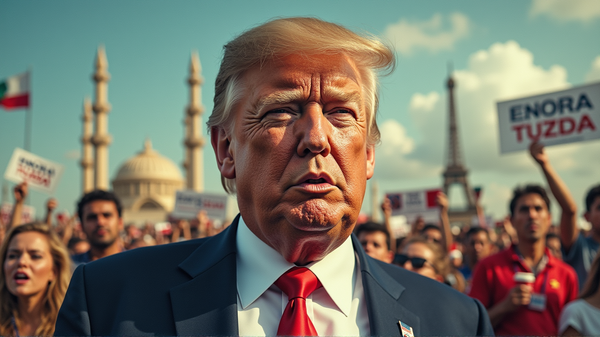"Russian UAV Manufacturer Expands Production Despite Sanctions: Leaked Documents Reveal"

Amidst the complex geopolitical landscape, a key Russian manufacturer of unmanned aerial vehicles (UAVs), known for producing the "Orlan-10" reconnaissance drones, is reportedly increasing its production volumes. This expansion is particularly noteworthy as it comes in the face of international sanctions and a reliance on Western components, a situation that underscores the interconnected nature of global supply chains even in times of political tension.
Recently, leaked documents analyzed by the Ukrainian hacker group "КіберСпротив" (Cyber Resistance) and examined by the volunteer community Inform Napalm have shed light on the operations of the "Special Technology Center" (STC), the company behind the Orlan-10 drones. These revelations offer a rare glimpse into the intricacies of manufacturing in a sanctioned environment.
The Orlan-10, a model that has gained attention in various intelligence-gathering missions, exemplifies STC's heavy dependence on foreign electronics. Key components such as the propeller and engine are sourced from T-Motor, a Chinese company. Similarly, the flight controller and GPS module are produced by Radiolink Electronic Limited, another Chinese firm. The drones also incorporate laptops from Lenovo and cameras from Sony. Moreover, the company imports devices, parts, and equipment from countries including the USA, Germany, Spain, Austria, the United Kingdom, Switzerland, and others.
The procurement documents reveal rather simplistic schemes for importing sanctioned components. Products from manufacturers first reach a distributor within the same country. Subsequently, these goods are purchased by intermediary companies based in China, Serbia, the UAE, or Turkey. From there, a Russian importing company acquires the products and transfers them to the UAV manufacturing facility. Payments for these transactions are made in various currencies, including dollars, euros, and yuan.
Analysts have also uncovered that STC has established consistent partnerships with Chinese suppliers, who provide critically important electronic components. This collaboration highlights the complex and sometimes contradictory nature of international relations, where economic ties often persist despite political differences.
The situation poses several intriguing questions and implications. First, it showcases the resilience and adaptability of companies operating under sanctions, employing creative strategies to circumvent restrictions. Second, it highlights the challenges in enforcing international sanctions in a globalized economy where supply chains are deeply interconnected and multi-faceted. Third, the reliance on foreign components, especially from countries like China, indicates the global distribution of technology manufacturing capabilities and how this distribution can influence geopolitical strategies.
Moreover, the case of ST
C's drone production illuminates the broader issue of technological dependency and the vulnerabilities it can create for countries under sanctions. The reliance on external suppliers for critical components not only poses a risk in terms of supply chain disruption but also raises questions about the security and integrity of the technology used in sensitive military applications.
The leaked documents, therefore, not only expose the specific practices of a single company but also reflect larger themes in international politics and economics. The ability of STC to maintain and even expand its production amidst sanctions demonstrates the limitations of such punitive measures in a highly interconnected global economy. It also underscores the role of countries like China in providing an alternative source of technological components, potentially undermining the intended impact of sanctions imposed by Western nations.
This situation also prompts a discussion about the nature and effectiveness of international sanctions. While intended to exert pressure on governments or entities, the reality often involves complex, multi-layered interactions and unintended consequences. For instance, the measures aimed at restricting Russia's military capabilities could inadvertently foster deeper technological ties with other countries, leading to new alliances and dependencies.
Furthermore, the STC's case highlights the need for a more nuanced understanding of global supply chains and the challenges in regulating them. The ease with which the company seems to be circumventing sanctions by using intermediary companies and alternative payment methods points to the sophisticated nature of global trade networks. It raises questions about the efficacy of current monitoring and enforcement mechanisms and calls for a reevaluation of how sanctions are designed and implemented.
In conclusion, the leaked documents regarding Russia's STC and its drone production amidst sanctions offer a compelling case study in the complexities of modern global politics and economics. They reveal the intricate web of dependencies, strategies, and vulnerabilities that characterize contemporary international relations. As nations continue to navigate this complex landscape, the insights gleaned from cases like STC's can provide valuable lessons in the efficacy and implications of economic sanctions and the evolving nature of global technology supply chains.




